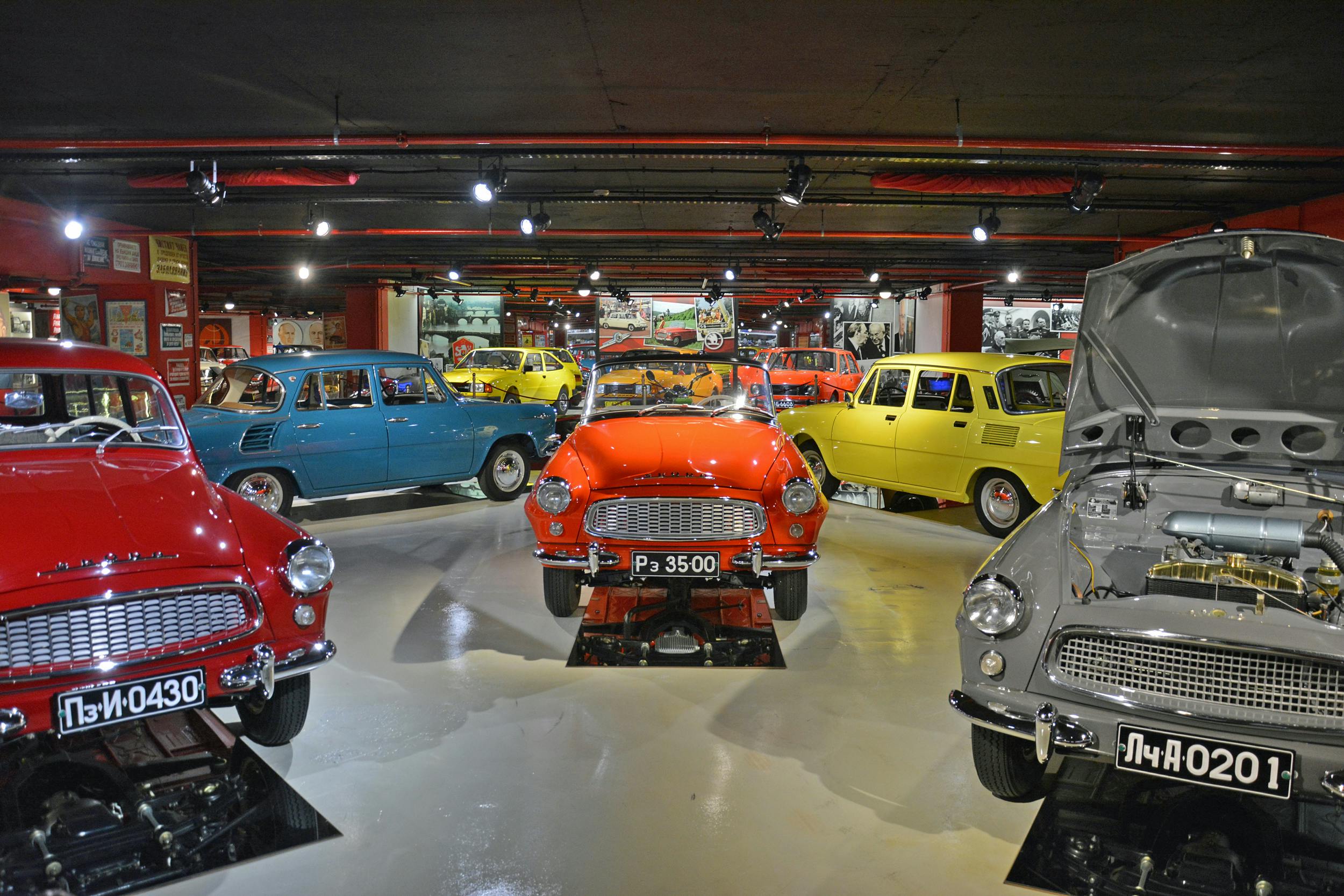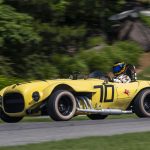The Book of Ducati Overhead Camshaft Singles 1955-74
Ian Falloon is undoubtedly the classic Ducati guru, an eloquent Kiwi now living in Australia, whose career as a classical musician was derailed years ago by hand injuries incurred in a crash on his favourite motorcycle.

His Bevel-Drive V-Twin 750cc and 900cc Ducati books are unquestionably the Bibles they are deemed to be, and he has extended his reach to the subsequent belt drive V-twin Ducatis, also Laverda and Moto Guzzi brands. The combination of fluent writing and unimpeachable research makes Falloon’s books reliable reference material in an Italian industry that appears to have been organised (if you can call it that) on equal parts of grappa and panic.
However, Ian Falloon’s latest volume is undoubtedly – in his own words – his most difficult project yet. He has attempted to trace and explain the endless progression of Ducati single-cylinder, overhead camshaft models from 1955-74 – including the desirable desmodromic valve gear versions, held in almost as high regard as the V-twins.
The tale Falloon tells is one of infernal complexity, with as few at six examples of some racing models and as many 7,000 Scramblers. Replete with endless details, twists and turns the story is difficult to follow, and must have been nearly impossible to compile – a veritable Rubik’s cube. However, the end result is a coherent testament to his reporting skills and anyone with specific questions about various models will probably find his or her answers.
The story begins with and follows the career of Fabio Taglioni, the genius who developed Ducatui’s desmodromic valve gear, in which valves are opened and closed by separate levers, instead of relying on springs for closure. His very first engine was a racing 75cc unit built for Ceccato in about 1950, when he was teaching engineering at an Imola technical college.
Taglioni went to work for FB Mondial in 1952 assisting Alfonso Drusiani, who had won three 125cc world championships. Taglioni was enticed to Ducati in 1954. His first new engine powered the 100cc Marianna or Gran Sport, an SOHC design which produced 9hp at 9,000rpm, raised to 12 bhp at 10,500rpm in 1956. The 3rd Motogrio d’Italia in 1955 was an unqualified success for Ducati, with the Mariannas winning every intercity stage. In fact the 100cc Mariannas beat all the 125cc bikes.
A 125cc Gran Sport followed and was extremely successful, while Taglioni developed his first Desmo Ducati in 1955. The racing DOHC Bialbero and Barcone would be almost unbeatable for then next five years, launching the career of Mike Hailwood among a plethora of familiar Italian names like Maoggi, Spaggiari, Farne, Antoni and Taveri.
Meanwhile the first production SOHC singles were launched in 100, 125, 175 and 200cc sizes between 1957-61, as street bikes, scramblers and Americano models for the U.S. market, with high handlebars. Falloon, describes the development of each model, accompanying the text with numerous excellent colour and black and white, photographs, vital specification blocks and approximate frame and engine numbers.
Falloon also tracks the parallel development of racing Gran Sport models and the 125, 175 and 250cc Formula 3 competition models, with detailed photographs illustrating key technical improvements. The photographs are of specific, well-known machines, and factory data sheets are reproduced.
A following chapter examines in detail the 160, 200, and 250cc, 4-speed singles built from 1961-1970 and offered in Monza, Elite, Scrambler Sebring and Daytona configurations (the latter known as the Diana in the U.S.) A 5-speed gearbox was added to the line up as Type B 250cc and 350cc models from 1964-68, as the model proliferation began to spread. To his credit, Falloon keeps up with specific model changes in both text and specification boxes, though the details will probably require re-reading. Just to confuse things further American importer Berliner specified different extras than the British importer Vic Camp.
Throughout the 1960s, the Ducati factory continued an intense competition program, and Falloon traces this in detail through the Desmo Mach 1S, 250cc and 350cc SC and 250 and 350cc SCD models, and the career successes of Reno Leoni, Bruono Spaggiari and Paul Smart, among others.
The so-called “narrow-case” engines were known to have weak points – not least being the flimsy kick-start mechanism, and this was addressed in the “wide-case” models introduced in 1968 as 250, 350cc Scrambler Mark 3 and Desmo. These were substantially improved mechanically and the accompanying photographs focus on numerous key details to establish authenticity, as well as the specifications of each. A larger 450cc Scrambler, Mark 3 and Desmo was introduced in 1969-70, but never quite as successful as the free-revving 250cc and 350cc engines.
By 1971 the Ducati singles market was dividing, with Europeans still buying street bikes but U.S. importer Berliner concentrating on larger scramblers. However, Europeans did buy the smaller 125cc Scrambler, fitted with the Spanish-built Mototrans engine.
Ducati’s new management was now focused on the bevel-drive V-twin engine that would soon appears as the 750cc Sport and peerless 750cc and 900cc Super Sports. These models would define the company’s next decade, and capture the heart of sportbike enthusiasts worldwide. The singles gradually faded from view, with the final Desmo 250cc, 350cc and 450cc produced in 1978, finished in the same bold yellow colour as the 750cc V-Twin Sport.
Ian Falloon concludes this excellent reference work with a truly astonishing grid, totalling the annual production of all the different singles between 1960-78. The entire run of 30 different models (not counting race bikes) totalled only 95,600 over 23 years. Just gathering such complete information is a remarkable achievement, and its presence ices a most remarkable cake.
The Book of Ducati Overhead Camshaft Singles 1955-74 by Ian Falloon is published by Veloce Books, 288 pages, 1000 pictures, £65.00 UK, $100.00 U.S. $120.00 Canada. www.velocebooks.com; www.veloce.co.uk ISBN 978-1845845-66-7






